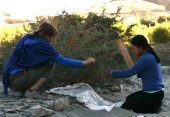
 10
10





http://www.popcliq.com (web development), GoPermaculture Food Forest http://www.permies.com/t/57687/forest-garden/Permaculture-Food-Forest-suburban-permaculture, Sea Buckthorn (Seaberry) grower (hobbiest) https://www.facebook.com/michelle.bisson.37, zone 3b/4b (borderline) Quebec Canada
 3
3





http://www.popcliq.com (web development), GoPermaculture Food Forest http://www.permies.com/t/57687/forest-garden/Permaculture-Food-Forest-suburban-permaculture, Sea Buckthorn (Seaberry) grower (hobbiest) https://www.facebook.com/michelle.bisson.37, zone 3b/4b (borderline) Quebec Canada
 2
2




http://www.popcliq.com (web development), GoPermaculture Food Forest http://www.permies.com/t/57687/forest-garden/Permaculture-Food-Forest-suburban-permaculture, Sea Buckthorn (Seaberry) grower (hobbiest) https://www.facebook.com/michelle.bisson.37, zone 3b/4b (borderline) Quebec Canada
 1
1




Idle dreamer




http://www.popcliq.com (web development), GoPermaculture Food Forest http://www.permies.com/t/57687/forest-garden/Permaculture-Food-Forest-suburban-permaculture, Sea Buckthorn (Seaberry) grower (hobbiest) https://www.facebook.com/michelle.bisson.37, zone 3b/4b (borderline) Quebec Canada




Michelle Bisson wrote:
We are using lots of rocks to line the slope of the ditch to prevent the slope from collapsing. We also have started building a hugel culture bed.
http://www.popcliq.com (web development), GoPermaculture Food Forest http://www.permies.com/t/57687/forest-garden/Permaculture-Food-Forest-suburban-permaculture, Sea Buckthorn (Seaberry) grower (hobbiest) https://www.facebook.com/michelle.bisson.37, zone 3b/4b (borderline) Quebec Canada
 2
2





Idle dreamer
 1
1




Michelle Bisson wrote:
I built 8 small gabion check dams in the ditch that divides the neighbour's property and ours. I wanted to slow down the water before it hits the main ditch. This is because with the spring melting snow the water was eroding the corner of our property. I will have access to water or very moist soil along the ditch for water loving plants of my choice. (Right now it is just weeds)
Where we have the gabion check dams, the rocks are place in a curve higher on both sides than the flowing waters instead of a flat dam. This will reduce the risk of erosion when there is high flow.
We have not finished the process as we want to line the ditch with more rocks. First we have to find and dig out the rocks from other locations on our property. For normal rainfalls & spring melt water we should not have any real erosion. This will give me time to find more rocks since we have stopped the erosion for now.
This video inspired me to build curved gabion dams plus a Geoff Lawton video about gabions (I could not find it again to link to)
Reversing Desertification With Sticks, Rocks, and Ancient Wisdom
Although my ditch is small, the same principals apply on a much larger scale for those who have erosion issues along a creek or run off.
http://www.popcliq.com (web development), GoPermaculture Food Forest http://www.permies.com/t/57687/forest-garden/Permaculture-Food-Forest-suburban-permaculture, Sea Buckthorn (Seaberry) grower (hobbiest) https://www.facebook.com/michelle.bisson.37, zone 3b/4b (borderline) Quebec Canada
 2
2




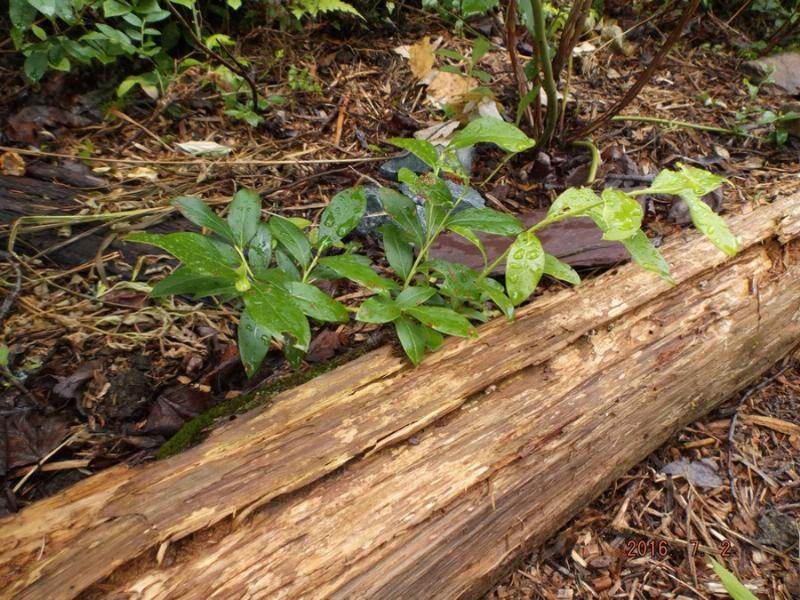
http://www.popcliq.com (web development), GoPermaculture Food Forest http://www.permies.com/t/57687/forest-garden/Permaculture-Food-Forest-suburban-permaculture, Sea Buckthorn (Seaberry) grower (hobbiest) https://www.facebook.com/michelle.bisson.37, zone 3b/4b (borderline) Quebec Canada
 1
1




Check out Redhawk's soil series: https://permies.com/wiki/redhawk-soil
 2
2




Michelle Bisson wrote:
This spring I planted some rhubarb plants around our apple trees along with the many hosta and strawberry plants that I planted last fall.
As they grow they will inhibit other plants/weeds from growing and be a living mulch. In the fall, I will use the large rhubarb & hosta leaves as cut mulch after the first frost. Also, I will pick and choose which plants/weeds from what nature provides gets to live around my fruit trees. For example, I will discourage the grass as I will pull it out or smother it, but if clover grows, I will allow it to grow.
http://www.popcliq.com (web development), GoPermaculture Food Forest http://www.permies.com/t/57687/forest-garden/Permaculture-Food-Forest-suburban-permaculture, Sea Buckthorn (Seaberry) grower (hobbiest) https://www.facebook.com/michelle.bisson.37, zone 3b/4b (borderline) Quebec Canada
 1
1




Michelle Bisson wrote:
We love using wood chips in our Go Permaculture Food Forest
Here is our most recent use of wood chips..
We are using the wood chips as a top layer in our hugel culture terrace. It is about 4 to 6 inches directly on the pathway. There is also a thinner layer following our berms where our Sea Buckthorn (Seaberry) plants have been recently planted. Along the berms, we added herbaceous chop & drop as the top layer to provide more nutrients and protection from the drying sun & wind. Some of our plants that we planted a week ago are having transplant shock, but I am expecting a full recovery.
We have raised the land with this hugel culture terrace almost 2 feet at the bottom of the slope. In a couple of years, the wood chips will be mostly composted and if we need compost elsewhere we can find it here and plan to add new wood chips as needed.
 Fortunately they are only a few miles away and this could be a reliable source of wood chips year after year. Not super large quantities, but a steady source.
Fortunately they are only a few miles away and this could be a reliable source of wood chips year after year. Not super large quantities, but a steady source.

http://www.popcliq.com (web development), GoPermaculture Food Forest http://www.permies.com/t/57687/forest-garden/Permaculture-Food-Forest-suburban-permaculture, Sea Buckthorn (Seaberry) grower (hobbiest) https://www.facebook.com/michelle.bisson.37, zone 3b/4b (borderline) Quebec Canada
 2
2




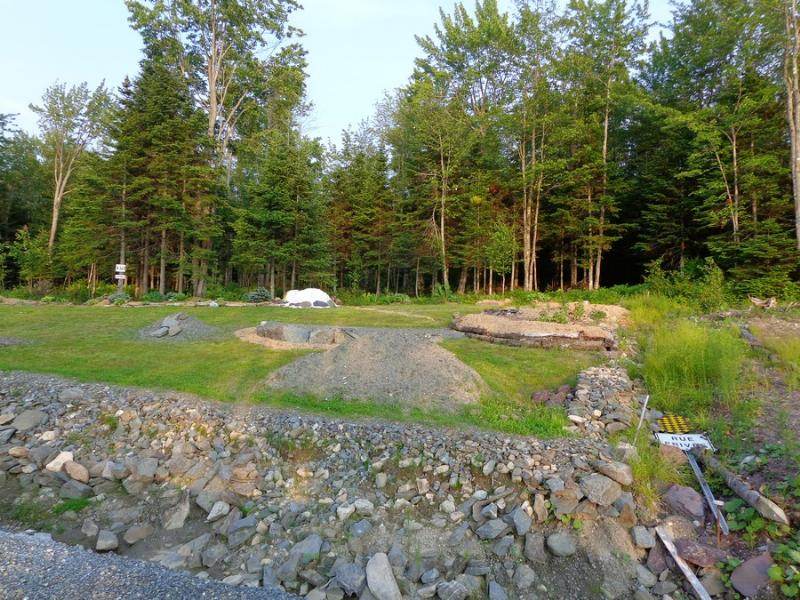
http://www.popcliq.com (web development), GoPermaculture Food Forest http://www.permies.com/t/57687/forest-garden/Permaculture-Food-Forest-suburban-permaculture, Sea Buckthorn (Seaberry) grower (hobbiest) https://www.facebook.com/michelle.bisson.37, zone 3b/4b (borderline) Quebec Canada
 1
1




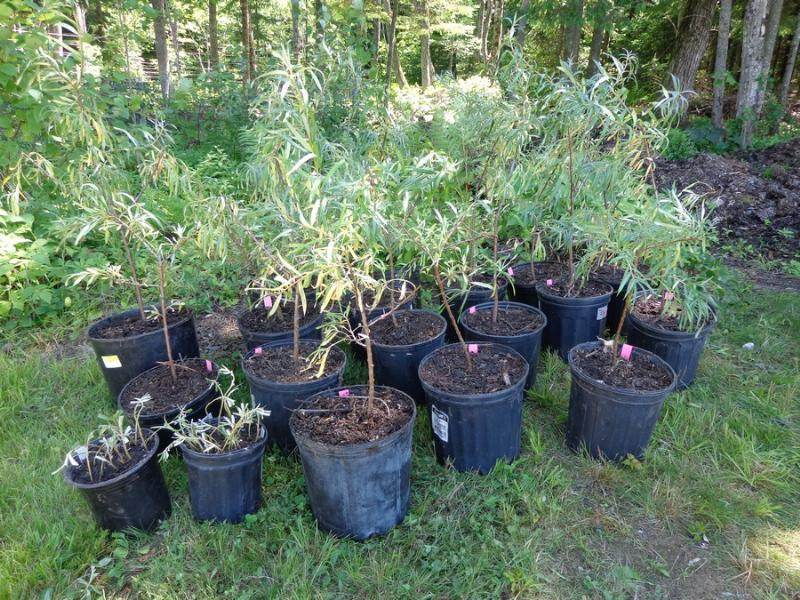
http://www.popcliq.com (web development), GoPermaculture Food Forest http://www.permies.com/t/57687/forest-garden/Permaculture-Food-Forest-suburban-permaculture, Sea Buckthorn (Seaberry) grower (hobbiest) https://www.facebook.com/michelle.bisson.37, zone 3b/4b (borderline) Quebec Canada
 1
1




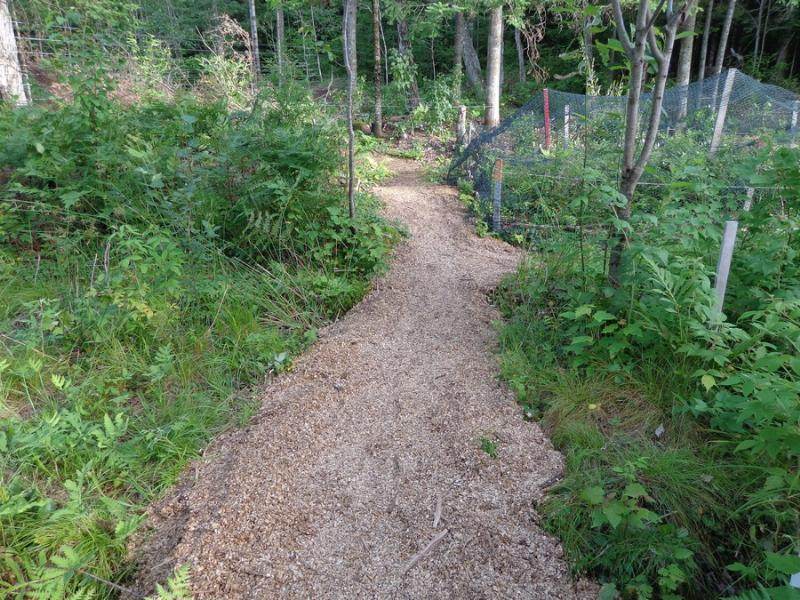
http://www.popcliq.com (web development), GoPermaculture Food Forest http://www.permies.com/t/57687/forest-garden/Permaculture-Food-Forest-suburban-permaculture, Sea Buckthorn (Seaberry) grower (hobbiest) https://www.facebook.com/michelle.bisson.37, zone 3b/4b (borderline) Quebec Canada








John Saltveit wrote:This is a great project Michelle,
La belle, sont les mots que vont tres bien ensembles, to paraphrase.
I like how you are showing the different aspects of permaculture in each photo. Your pictorial will inspire many others. It has already inspired me.
John S
PDX OR
http://www.popcliq.com (web development), GoPermaculture Food Forest http://www.permies.com/t/57687/forest-garden/Permaculture-Food-Forest-suburban-permaculture, Sea Buckthorn (Seaberry) grower (hobbiest) https://www.facebook.com/michelle.bisson.37, zone 3b/4b (borderline) Quebec Canada




Aaron Martz wrote:Beautiful work Michelle, I commend you and your husband on the amount of hard, hard hand labor that went into this project, especially with all of the difficulties of probably being a post-development dumping ground.
Aaron Martz wrote:
I had a question, what made you choose Sea Buckthorns? That is a lot of plants! I also think it is great that you two are diving into cuttings and such.
Aaron Martz wrote:
Do you guys have thoughts on how you want to build your house and of what materials?
http://www.popcliq.com (web development), GoPermaculture Food Forest http://www.permies.com/t/57687/forest-garden/Permaculture-Food-Forest-suburban-permaculture, Sea Buckthorn (Seaberry) grower (hobbiest) https://www.facebook.com/michelle.bisson.37, zone 3b/4b (borderline) Quebec Canada




 1
1




Aaron Martz wrote:
Great forward thinking on an income stream, especially now while you are in a position of not being able to move to your property yet. Have you found that there is a large commercial demand for seaberry? I guess if there is not you still have plenty of berries for your self and as you stated a beautiful hedge/windbreak.
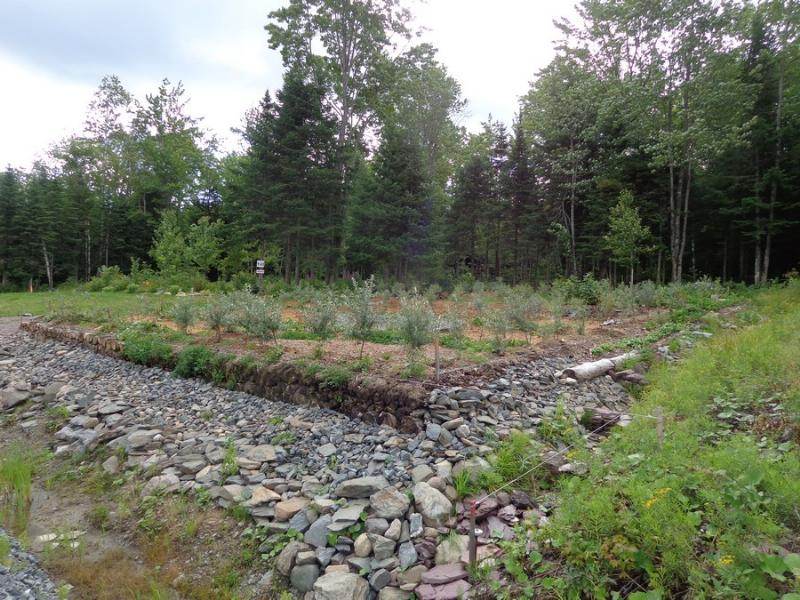
Aaron Martz wrote:
Interesting ideas for insulation in your home, I haven't done much research on hemp/lime yet. How thick would your walls be? I always suggest to start scrounging for the expensive materials like windows and doors now while you have the time.
Thanks again for posting your great project.
http://www.popcliq.com (web development), GoPermaculture Food Forest http://www.permies.com/t/57687/forest-garden/Permaculture-Food-Forest-suburban-permaculture, Sea Buckthorn (Seaberry) grower (hobbiest) https://www.facebook.com/michelle.bisson.37, zone 3b/4b (borderline) Quebec Canada
 2
2




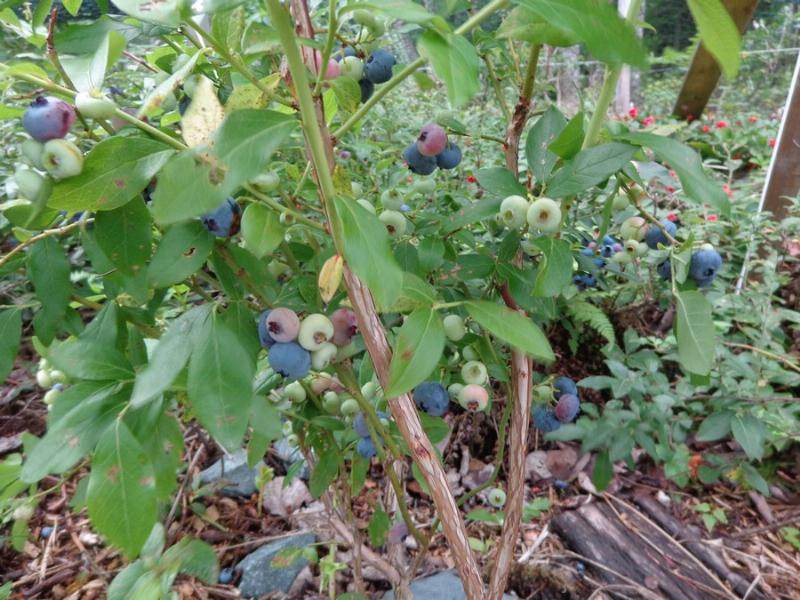
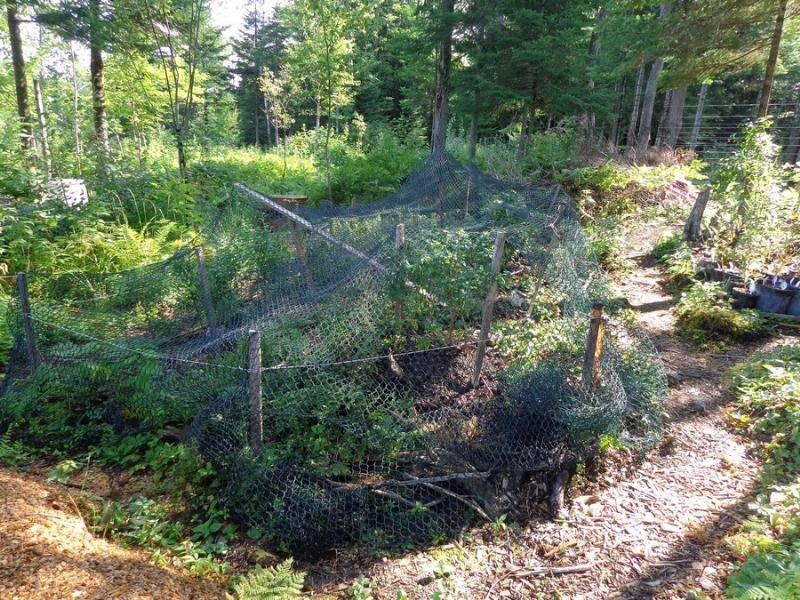
http://www.popcliq.com (web development), GoPermaculture Food Forest http://www.permies.com/t/57687/forest-garden/Permaculture-Food-Forest-suburban-permaculture, Sea Buckthorn (Seaberry) grower (hobbiest) https://www.facebook.com/michelle.bisson.37, zone 3b/4b (borderline) Quebec Canada
 2
2




 1
1




http://www.popcliq.com (web development), GoPermaculture Food Forest http://www.permies.com/t/57687/forest-garden/Permaculture-Food-Forest-suburban-permaculture, Sea Buckthorn (Seaberry) grower (hobbiest) https://www.facebook.com/michelle.bisson.37, zone 3b/4b (borderline) Quebec Canada








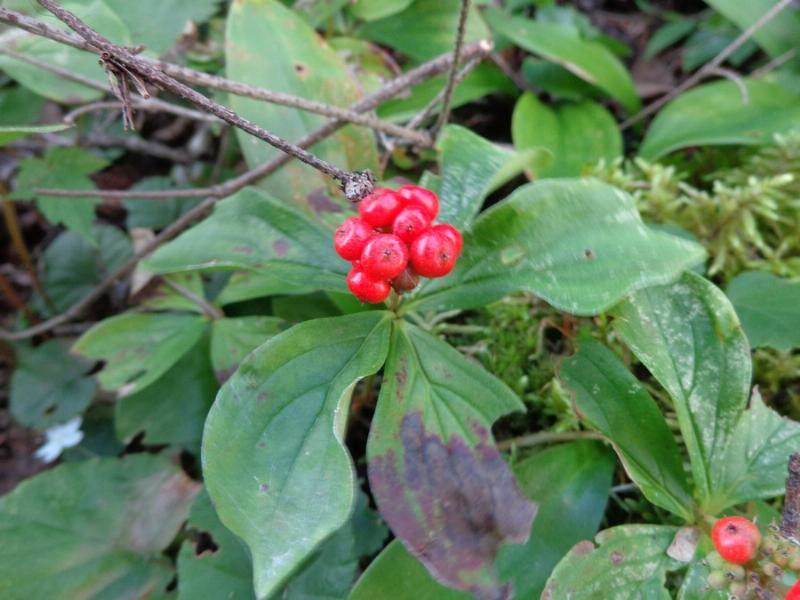
http://www.popcliq.com (web development), GoPermaculture Food Forest http://www.permies.com/t/57687/forest-garden/Permaculture-Food-Forest-suburban-permaculture, Sea Buckthorn (Seaberry) grower (hobbiest) https://www.facebook.com/michelle.bisson.37, zone 3b/4b (borderline) Quebec Canada
 1
1




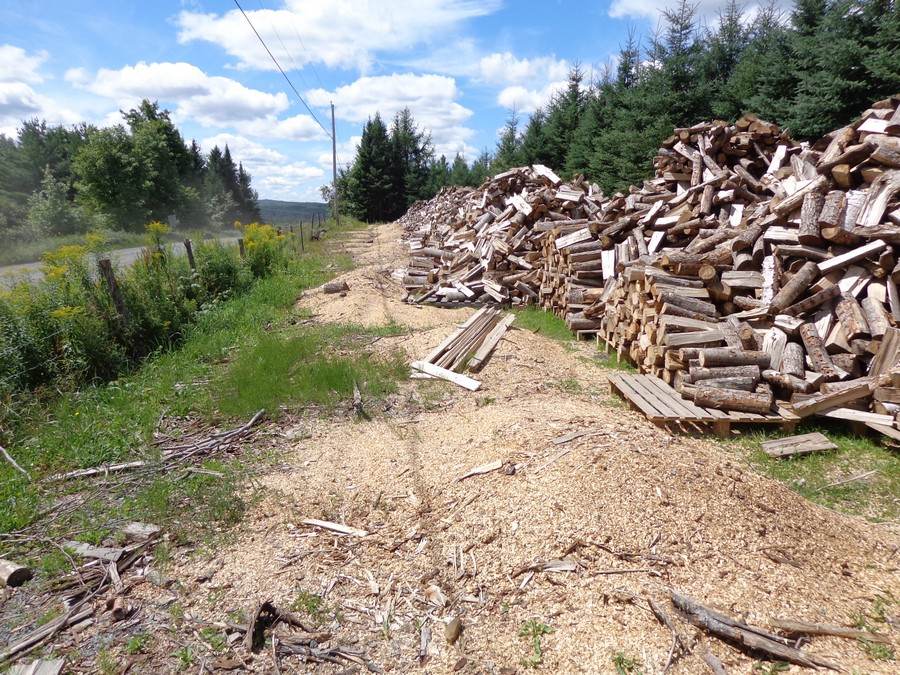
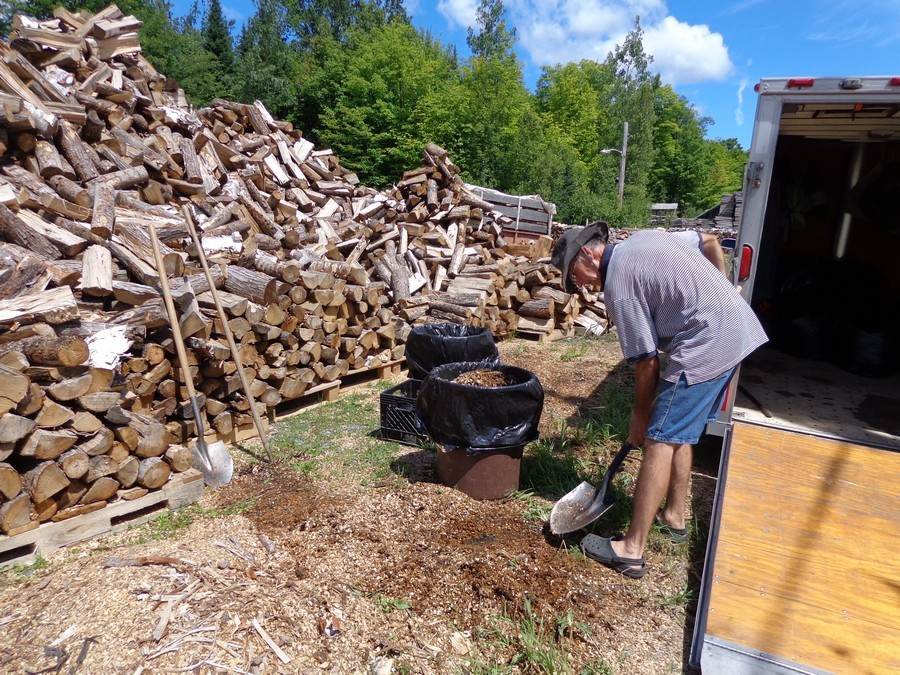
http://www.popcliq.com (web development), GoPermaculture Food Forest http://www.permies.com/t/57687/forest-garden/Permaculture-Food-Forest-suburban-permaculture, Sea Buckthorn (Seaberry) grower (hobbiest) https://www.facebook.com/michelle.bisson.37, zone 3b/4b (borderline) Quebec Canada




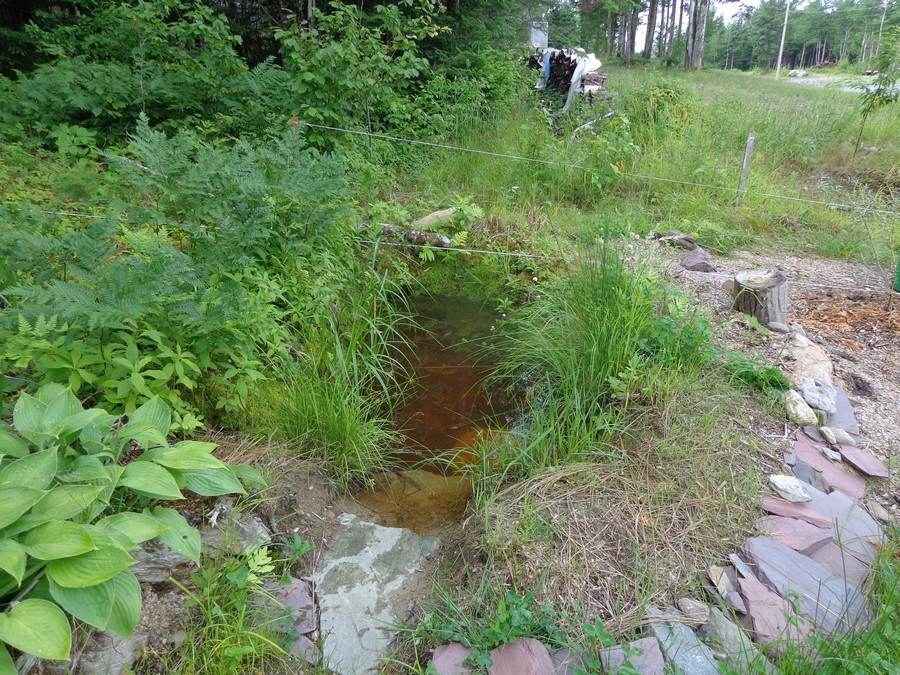
http://www.popcliq.com (web development), GoPermaculture Food Forest http://www.permies.com/t/57687/forest-garden/Permaculture-Food-Forest-suburban-permaculture, Sea Buckthorn (Seaberry) grower (hobbiest) https://www.facebook.com/michelle.bisson.37, zone 3b/4b (borderline) Quebec Canada
 1
1




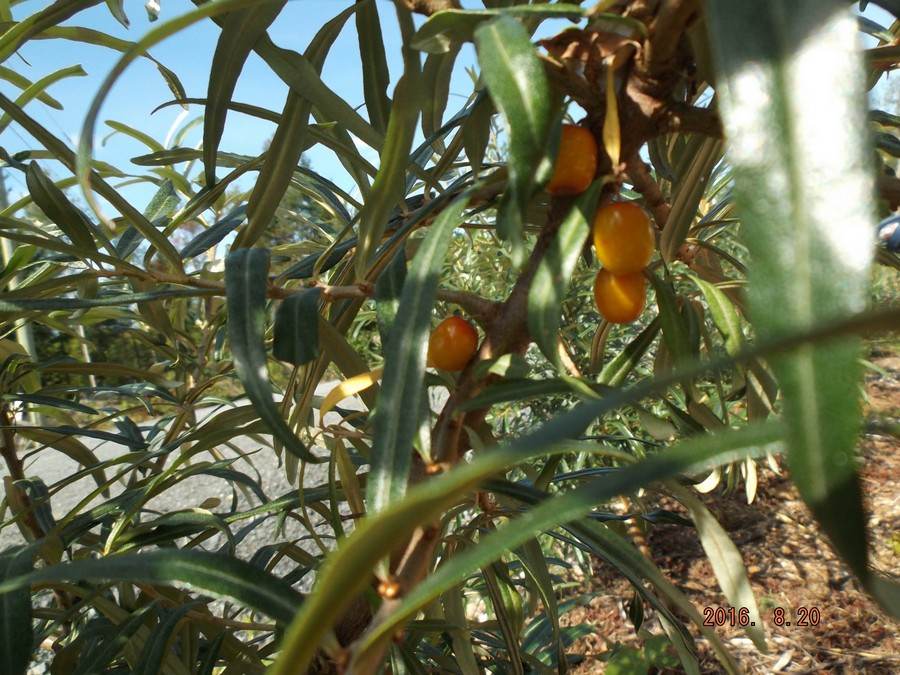
http://www.popcliq.com (web development), GoPermaculture Food Forest http://www.permies.com/t/57687/forest-garden/Permaculture-Food-Forest-suburban-permaculture, Sea Buckthorn (Seaberry) grower (hobbiest) https://www.facebook.com/michelle.bisson.37, zone 3b/4b (borderline) Quebec Canada
 1
1




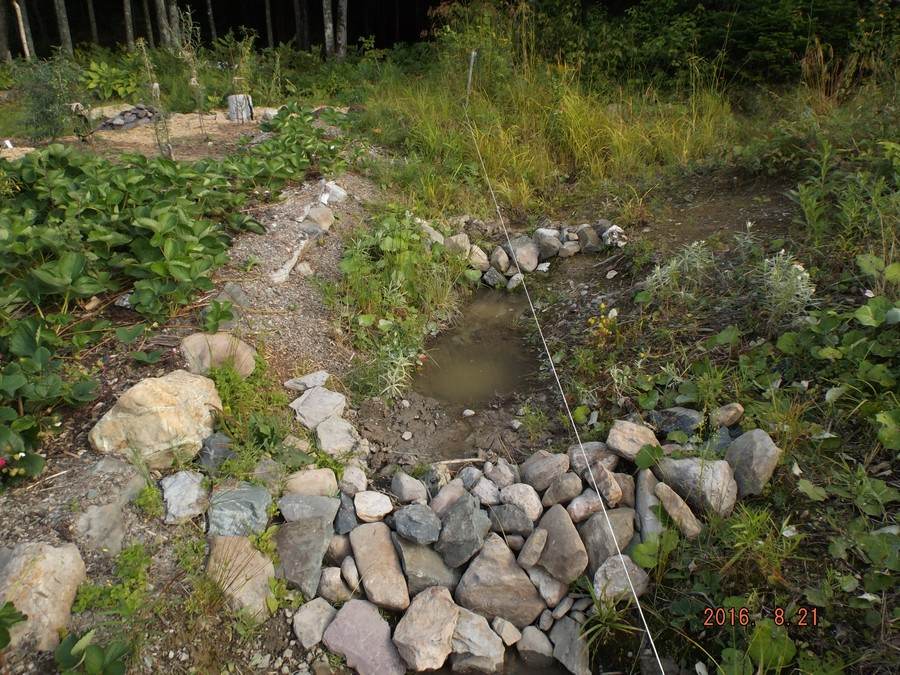
http://www.popcliq.com (web development), GoPermaculture Food Forest http://www.permies.com/t/57687/forest-garden/Permaculture-Food-Forest-suburban-permaculture, Sea Buckthorn (Seaberry) grower (hobbiest) https://www.facebook.com/michelle.bisson.37, zone 3b/4b (borderline) Quebec Canada
 1
1




Idle dreamer




http://www.popcliq.com (web development), GoPermaculture Food Forest http://www.permies.com/t/57687/forest-garden/Permaculture-Food-Forest-suburban-permaculture, Sea Buckthorn (Seaberry) grower (hobbiest) https://www.facebook.com/michelle.bisson.37, zone 3b/4b (borderline) Quebec Canada




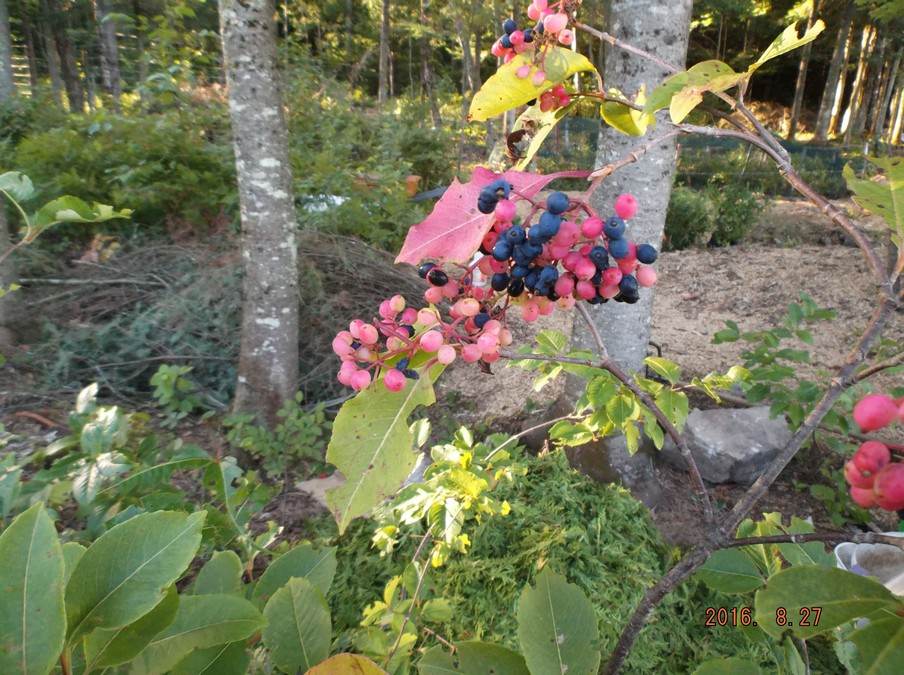
http://www.popcliq.com (web development), GoPermaculture Food Forest http://www.permies.com/t/57687/forest-garden/Permaculture-Food-Forest-suburban-permaculture, Sea Buckthorn (Seaberry) grower (hobbiest) https://www.facebook.com/michelle.bisson.37, zone 3b/4b (borderline) Quebec Canada
 1
1




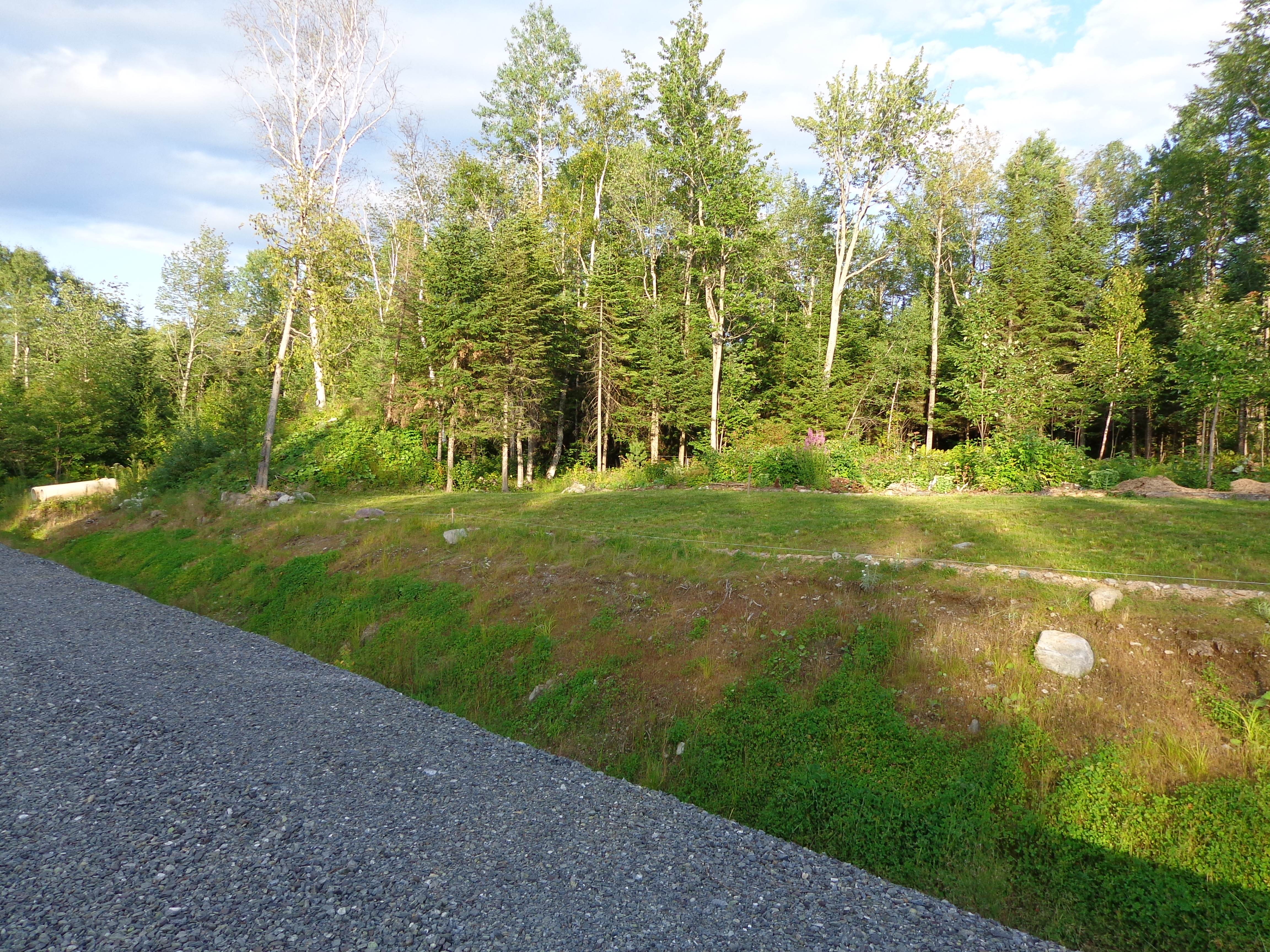
http://www.popcliq.com (web development), GoPermaculture Food Forest http://www.permies.com/t/57687/forest-garden/Permaculture-Food-Forest-suburban-permaculture, Sea Buckthorn (Seaberry) grower (hobbiest) https://www.facebook.com/michelle.bisson.37, zone 3b/4b (borderline) Quebec Canada
 3
3




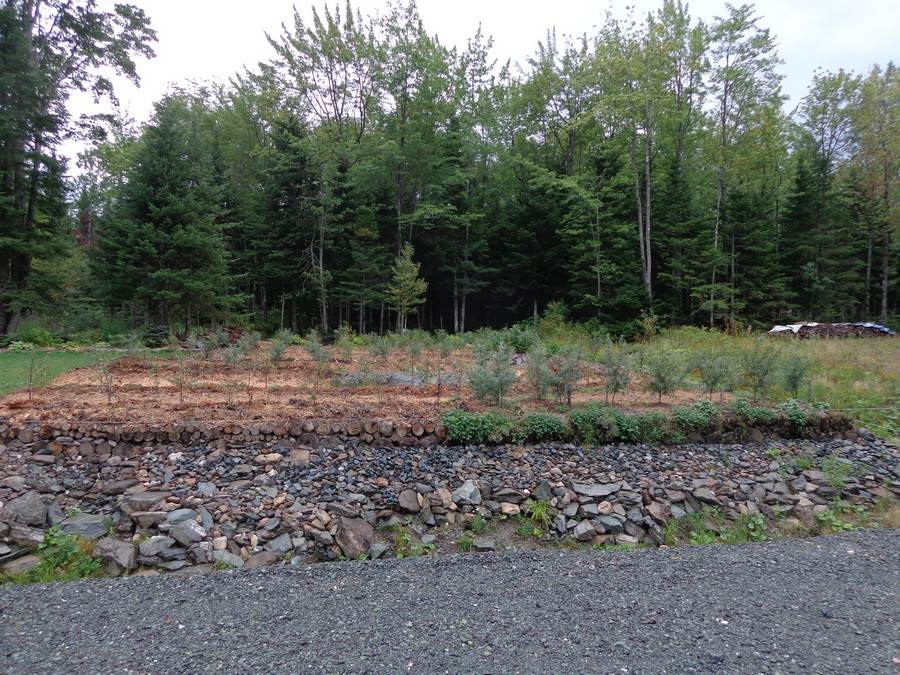
Levente Andras wrote:What role will the species play in the bigger picture?
Levente Andras wrote:
(2) What yields do you expect to / could you obtain, other than the fruit?
Levente Andras wrote:
(3) And above all: How do you envision the ecosystem at maturity - especially knowing that quite soon your bushes (their root shoots) may start to take over the surrounding space? With what other species do you combine sea buckthorn? How are they likely to interact? Will they mutually benefit from the cohabitation? Are you okay if sea buckthorn will squeeze out all other tree species?
Levente Andras wrote:
In my case, the number of sea buckthorn plants is much lower - about 20. The main intent was to fill out a 300 metre hedge of mixed species, some thorny some not. Interestingly, while sea buckthorn has been thriving, some of the other shrubs and trees in the hedge have performed poorly or have died (to the extent that I'll need to replant some sections of the hedge).
http://www.popcliq.com (web development), GoPermaculture Food Forest http://www.permies.com/t/57687/forest-garden/Permaculture-Food-Forest-suburban-permaculture, Sea Buckthorn (Seaberry) grower (hobbiest) https://www.facebook.com/michelle.bisson.37, zone 3b/4b (borderline) Quebec Canada
 1
1




Michelle Bisson wrote:
Our latest rock project was this solid staircase to the bottom of our ditch in front of property. The staircase is about 6 feet down.
http://www.popcliq.com (web development), GoPermaculture Food Forest http://www.permies.com/t/57687/forest-garden/Permaculture-Food-Forest-suburban-permaculture, Sea Buckthorn (Seaberry) grower (hobbiest) https://www.facebook.com/michelle.bisson.37, zone 3b/4b (borderline) Quebec Canada
 1
1





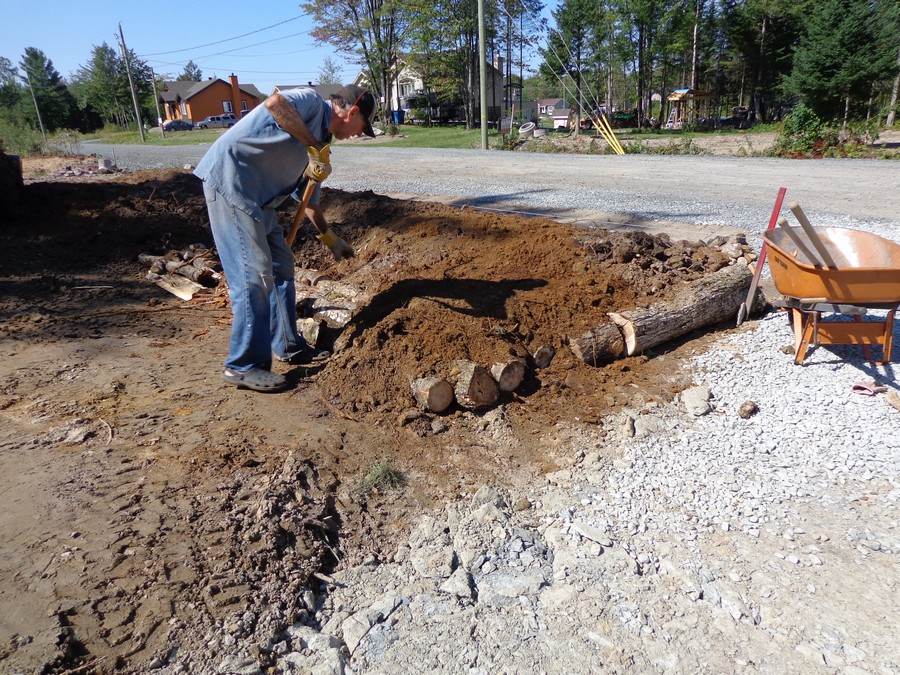
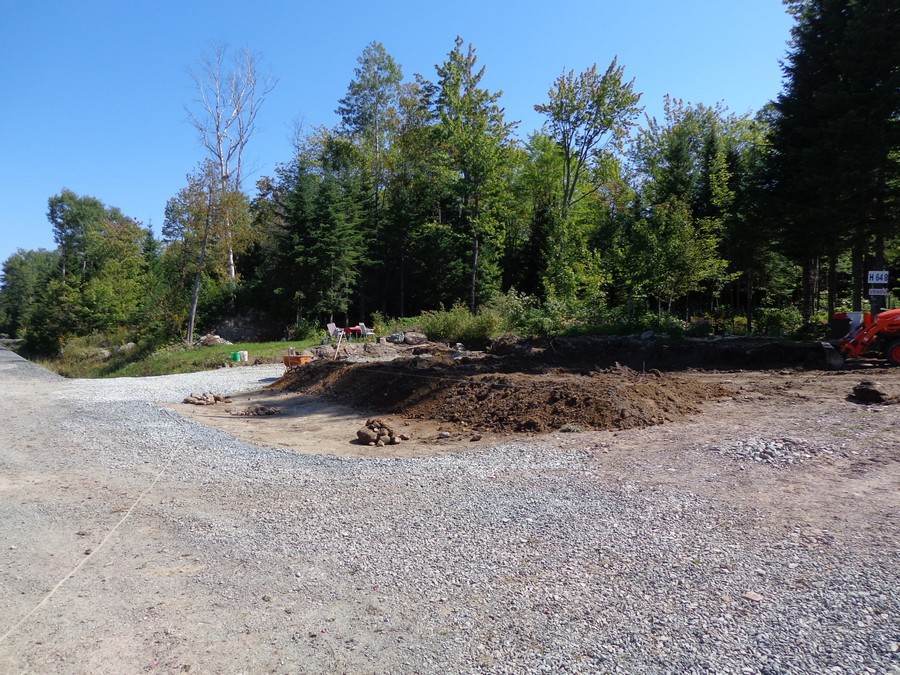
http://www.popcliq.com (web development), GoPermaculture Food Forest http://www.permies.com/t/57687/forest-garden/Permaculture-Food-Forest-suburban-permaculture, Sea Buckthorn (Seaberry) grower (hobbiest) https://www.facebook.com/michelle.bisson.37, zone 3b/4b (borderline) Quebec Canada




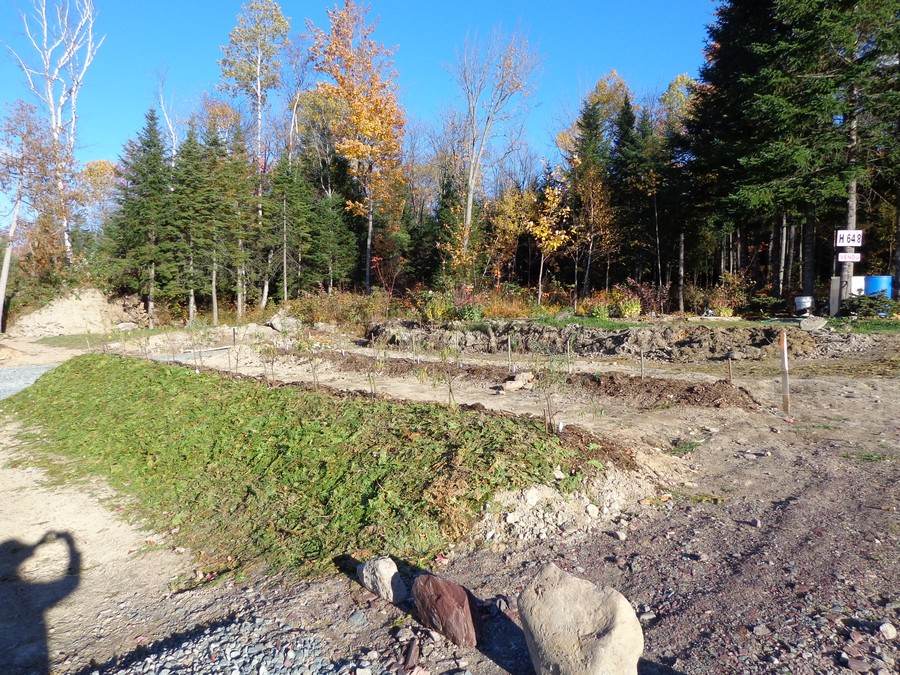
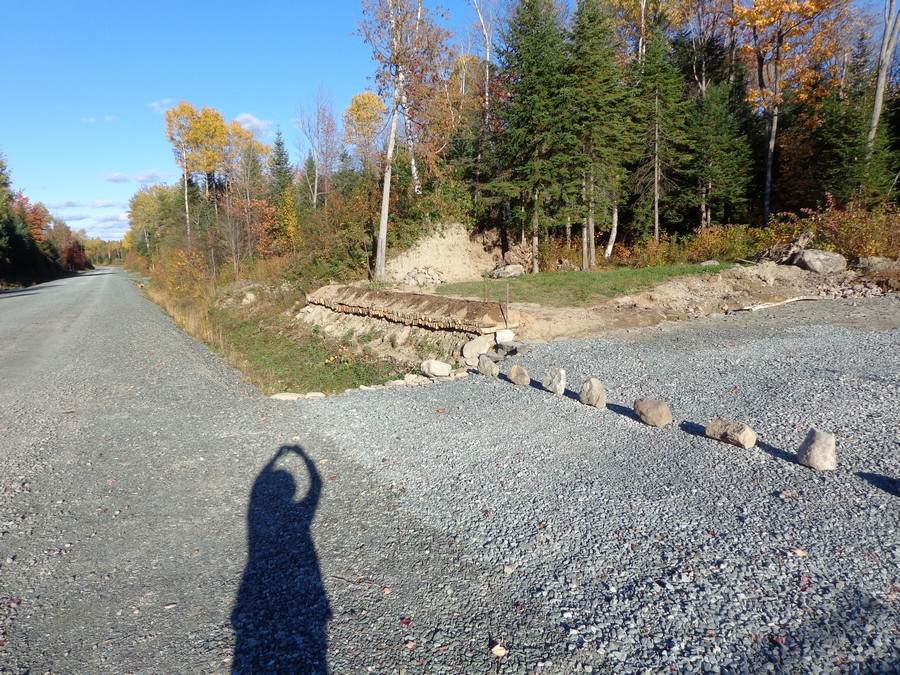
http://www.popcliq.com (web development), GoPermaculture Food Forest http://www.permies.com/t/57687/forest-garden/Permaculture-Food-Forest-suburban-permaculture, Sea Buckthorn (Seaberry) grower (hobbiest) https://www.facebook.com/michelle.bisson.37, zone 3b/4b (borderline) Quebec Canada
 2
2




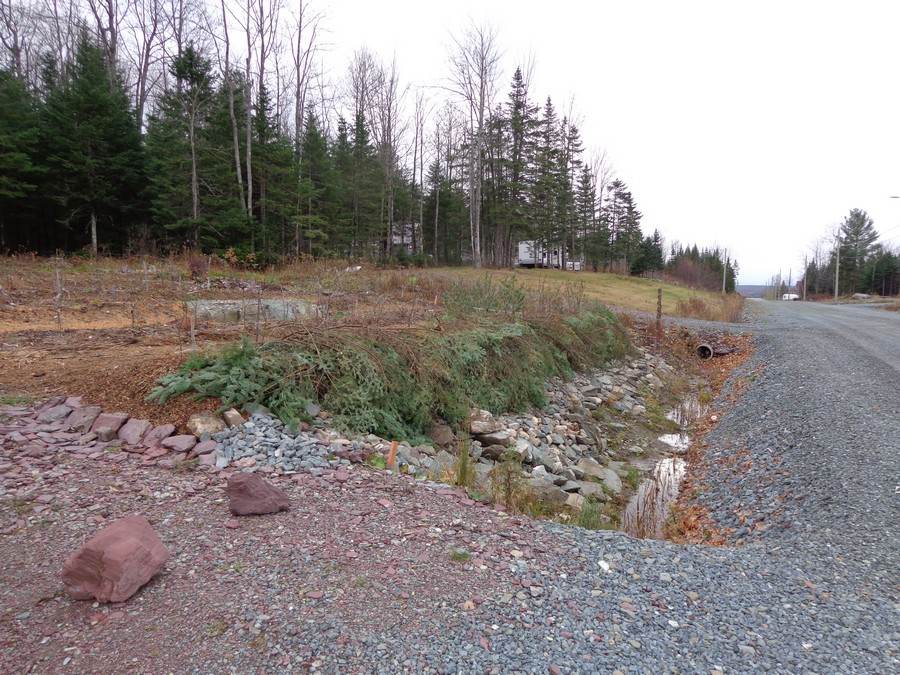
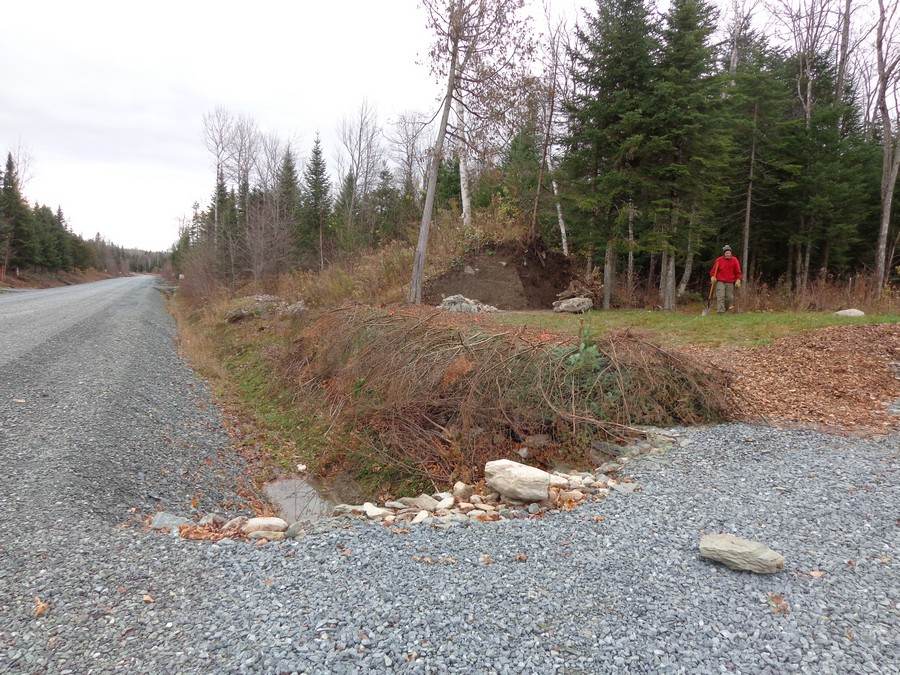
http://www.popcliq.com (web development), GoPermaculture Food Forest http://www.permies.com/t/57687/forest-garden/Permaculture-Food-Forest-suburban-permaculture, Sea Buckthorn (Seaberry) grower (hobbiest) https://www.facebook.com/michelle.bisson.37, zone 3b/4b (borderline) Quebec Canada
 2
2





http://www.popcliq.com (web development), GoPermaculture Food Forest http://www.permies.com/t/57687/forest-garden/Permaculture-Food-Forest-suburban-permaculture, Sea Buckthorn (Seaberry) grower (hobbiest) https://www.facebook.com/michelle.bisson.37, zone 3b/4b (borderline) Quebec Canada

|
I found this tiny ad in my shoe
the permaculture bootcamp in winter (plus half-assed holidays)
https://permies.com/t/149839/permaculture-projects/permaculture-bootcamp-winter-assed-holidays
|
